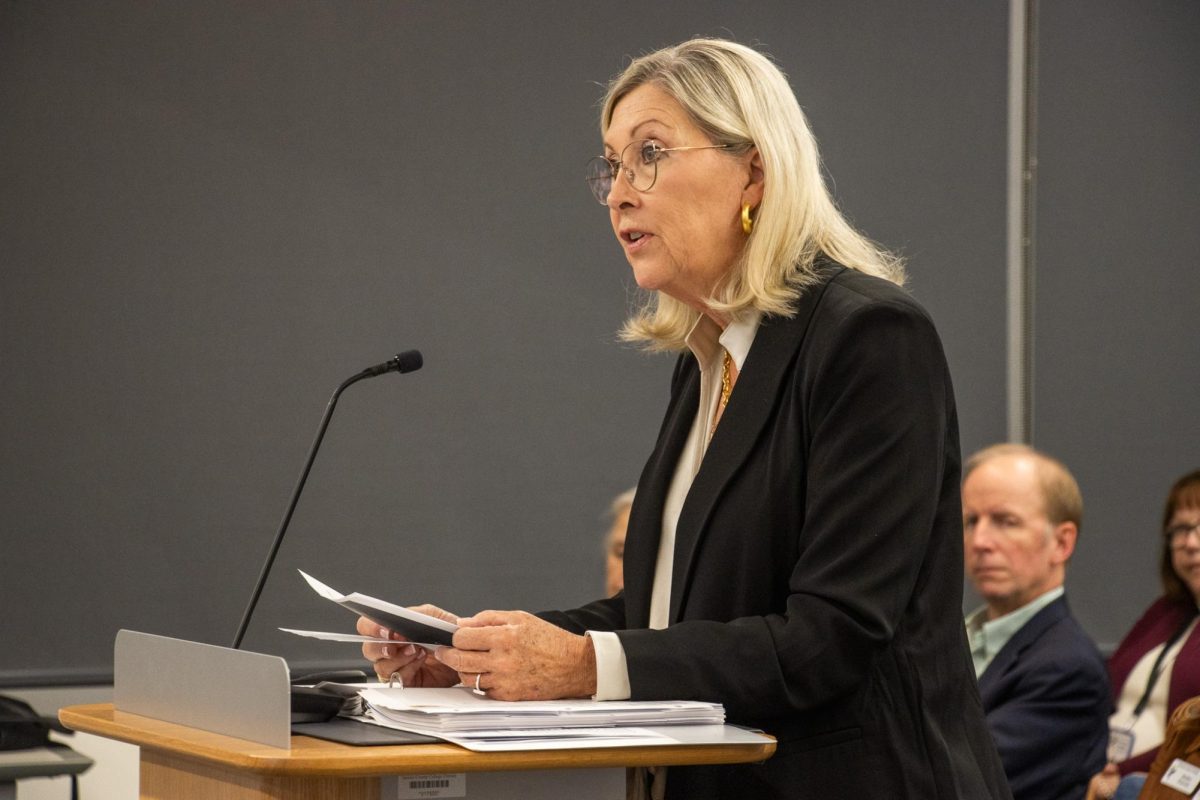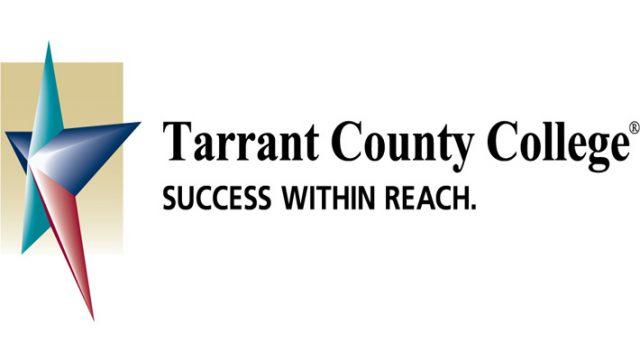By Jamil Oakford/ editor-in-chief
Dual credit has returned to TCC’s physical campuses after three years at the college’s virtual campus, TCC Connect.
Starting this fall, the college decided to help restructure TCC Connect by keeping distance learning and weekend college but decentralizing dual credit.
“It just made more sense to go back to the separate campuses,” said Nancy Cure, student success and academic affairs assistant vice chancellor.
To make the process more efficient and streamlined, the district decided dual credit should be set in one location with TCC Connect starting four years ago.
“Chancellor Hadley made the decision to move dual credit to TCC Connect in the 2012-2013 academic year,” student success and academic affairs vice chancellor Joy Gates-Black said. “The full migration took place in 2013-2014.”
In the program, which helps high school students accrue high school and college credit at the same time, TCC works closely with school districts to meet the requirements needed to assist students with satisfying their high school credit in the course.
Cure said this can be a tricky task. Not every high school is the same. One requirement for a credit course may not be the same in another district, she said.
This created a challenge for the centralized district program, she said. If students from high school needed assistance or had questions about their courses or credits earned, workers had to review that high school’s specific district policy to assist them.
When the switch was rendered not as efficient as the district hoped, it worked with school district superintendents to figure out a solution, Cure said.
“Once the decision was made to transition the operations of dual credit back to the campuses, TCC administration met with the superintendents from each school district to share the information,” Gates-Black said.
From there, academic affairs and student success informed each campus. The physical campuses, in turn, reached out to the districts they served previously, she said.
“Academic affairs and student success established a Dual Credit Taskforce with representation from each campus to handle the transition process,” Gates-Black said.
Cure believes this will create a more specific service to high school students from the area.
“Each high school has a different population,” Cure said. “Each campus would be familiar with those different population needs.”
Gates-Black believes this move could speed up the program’s response time for aiding students in dual credit.
“The campuses have established relationships with the school districts in their areas and can respond much more quickly to the dual credit requests,” she said.
























